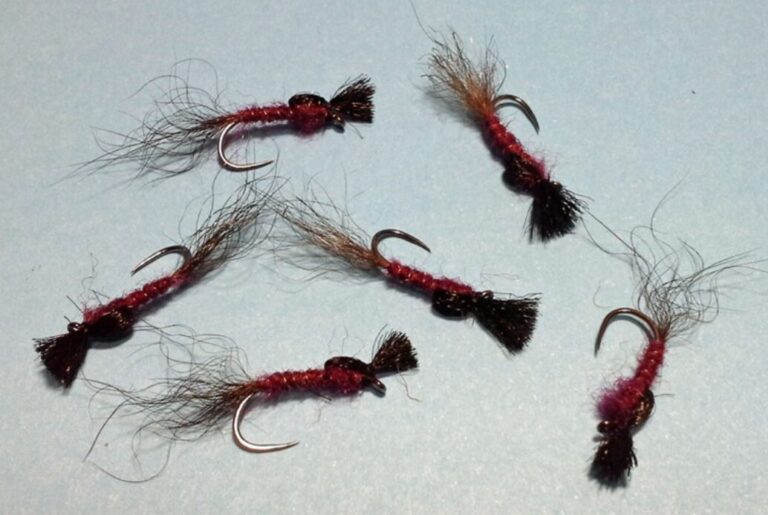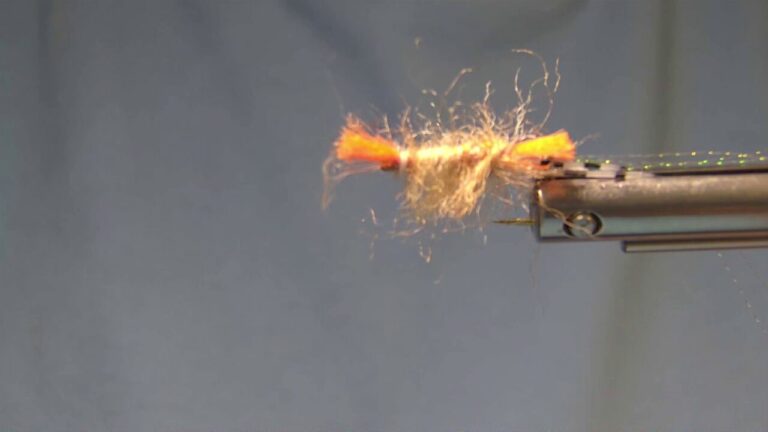Bassano Klinkhammer (Fed’s Variant)

The Bassano Klinkhammer, crafted by Tasmanian tier and guide Chris Bassano, imitates various stages of the mayfly life cycle with impressive versatility. Its slender profile passes easily for a spinner, while its unique design allows it to sit in the…







